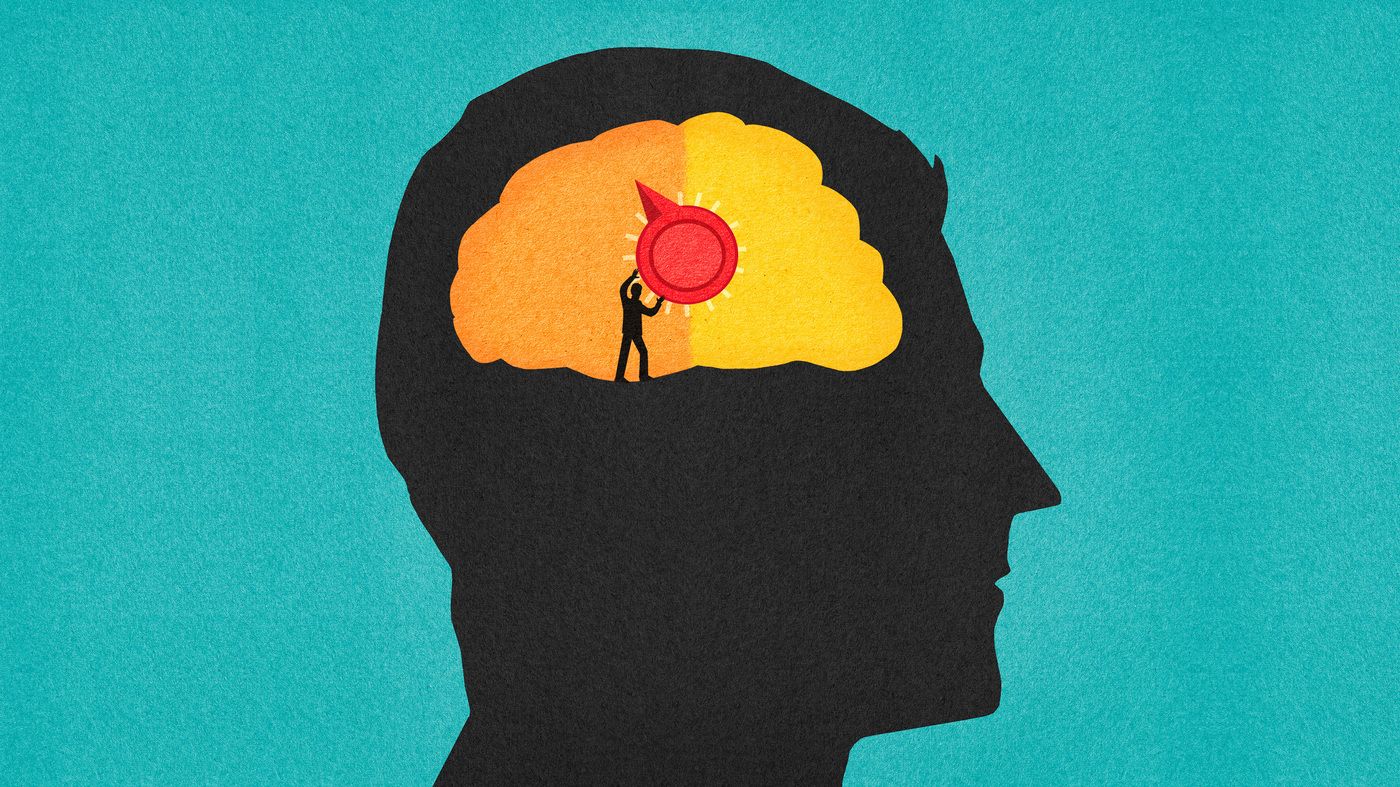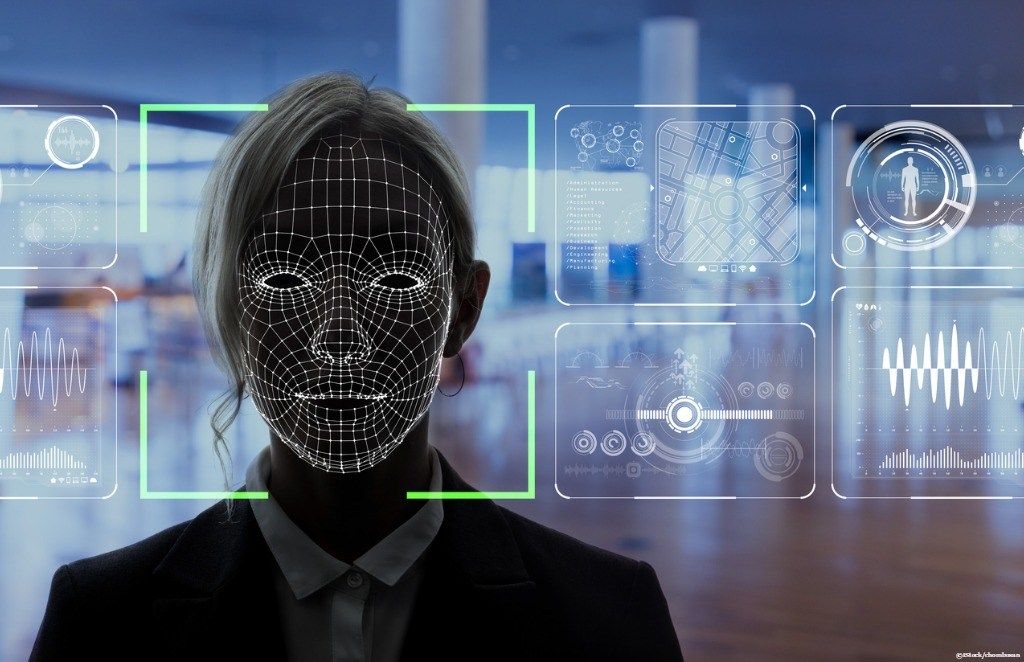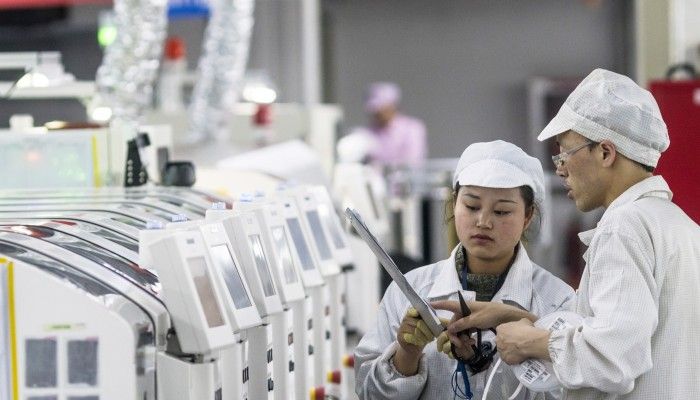A new set of images from NASA’s Chandra X-ray observatory shows us what we’ve never seen before.
The U.S. electric system is adapting to a new wave of distributed energy resources, such as solar panels and energy storage. Some of these work together in localized networks known as microgrids—nearly 2,000 are now operating or planned across the country, according to one estimate.
Prized for their flexibility, microgrids can run in an “island” mode or connect to the main grid. Although microgrids can potentially enhance reliability, the current electric system needs upgrading in order to synchronize with them properly.
Researchers at the U.S. Department of Energy’s (DOE) Argonne National Laboratory study the impact of microgrids and analyze ways to assimilate them smoothly within the larger electric system. Part of this work focuses on the distribution system—the last leg of electricity’s journey from energy source to outlet.
Researchers at the Center for Nanoscale BioPhotonics (CNBP) have developed a new targeted treatment for cancer. Chemotherapy drugs are wrapped in “nano-bubbles” called liposomes, which are then injected into the desired part of the body and made to release their payload on demand, by applying X-ray radiation.
Liposomes are regularly used to protect drugs and carry them to where in the body they’re needed. Over the years, we’ve seen them used to protect insulin doses from the harsh environment of the gut long enough for it to enter the bloodstream, disarm bacteria without using antibiotics, and escort cancer-killers to tumors.
“Liposomes are already well established as an extremely effective drug-delivery system,” says Wei Deng, lead author of the study. “Made out of similar material as cell membranes, these ‘bubbles’ are relatively simple to prepare, can be filled with appropriate medications and then injected into specific parts of the body. The issue however, is in controlling the timely release of the drug from the liposome.”
Former F1 racer and designer Taso Marques has created the TMC Dumont, an incredibly sleek, low-to-the-ground motorcycle that sports an airplane engine and giant silver wheels without hubs, looking very much like something out of a science fiction film. The bike made its debut at Daytona Bike Week in March 2018 and won all sorts of admiration and accolades for its design.
Here’s a behind-the-scenes look at the assembly of the TMC Dumont Motorcycle.
Groundbreaking research shows that neurological health depends as much on signals sent by the body’s large, leg muscles to the brain as it does on directives from the brain to the muscles. Published today in Frontiers in Neuroscience, the study fundamentally alters brain and nervous system medicine — giving doctors new clues as to why patients with motor neuron disease, multiple sclerosis, spinal muscular atrophy and other neurological diseases often rapidly decline when their movement becomes limited.
“Our study supports the notion that people who are unable to do load-bearing exercises — such as patients who are bed-ridden, or even astronauts on extended travel — not only lose muscle mass, but their body chemistry is altered at the cellular level and even their nervous system is adversely impacted,” says Dr. Raffaella Adami from the Università degli Studi di Milano, Italy.
The study involved restricting mice from using their hind legs, but not their front legs, over a period of 28 days. The mice continued to eat and groom normally and did not exhibit stress. At the end of the trial, the researchers examined an area of the brain called the sub-ventricular zone, which in many mammals has the role of maintaining nerve cell health. It is also the area where neural stem cells produce new neurons.
China’s elite Technocracy is fully dedicated to being the global leader in Artificial Intelligence. These two companies alone are valued at over $6 billion and are revolutionizing surveillance for the purpose of social engineering. SenseTime is already the most funded AI startup. This technology is already starting to filter back into the U.S. ⁃ TN Editor.
A computer system that can track and identify any face anywhere may sound like science fiction, but, in China, two such companies are barreling ahead at making such technology an everyday reality.
The two startups, SenseTime and Megvii, are developing competing facial recognition platforms powered by artificial intelligence.
Two weeks ago Abacus examined the extent to which China lags behind the world’s advanced economies in technological innovation, and looked at Beijing’s aim of closing the gap and taking the lead in key emerging technologies.
Some techniques Beijing will use are similar to past episodes of industrial planning. Others are newer, reflecting China’s recently acquired economic strength and confidence.
By Tom Holland









